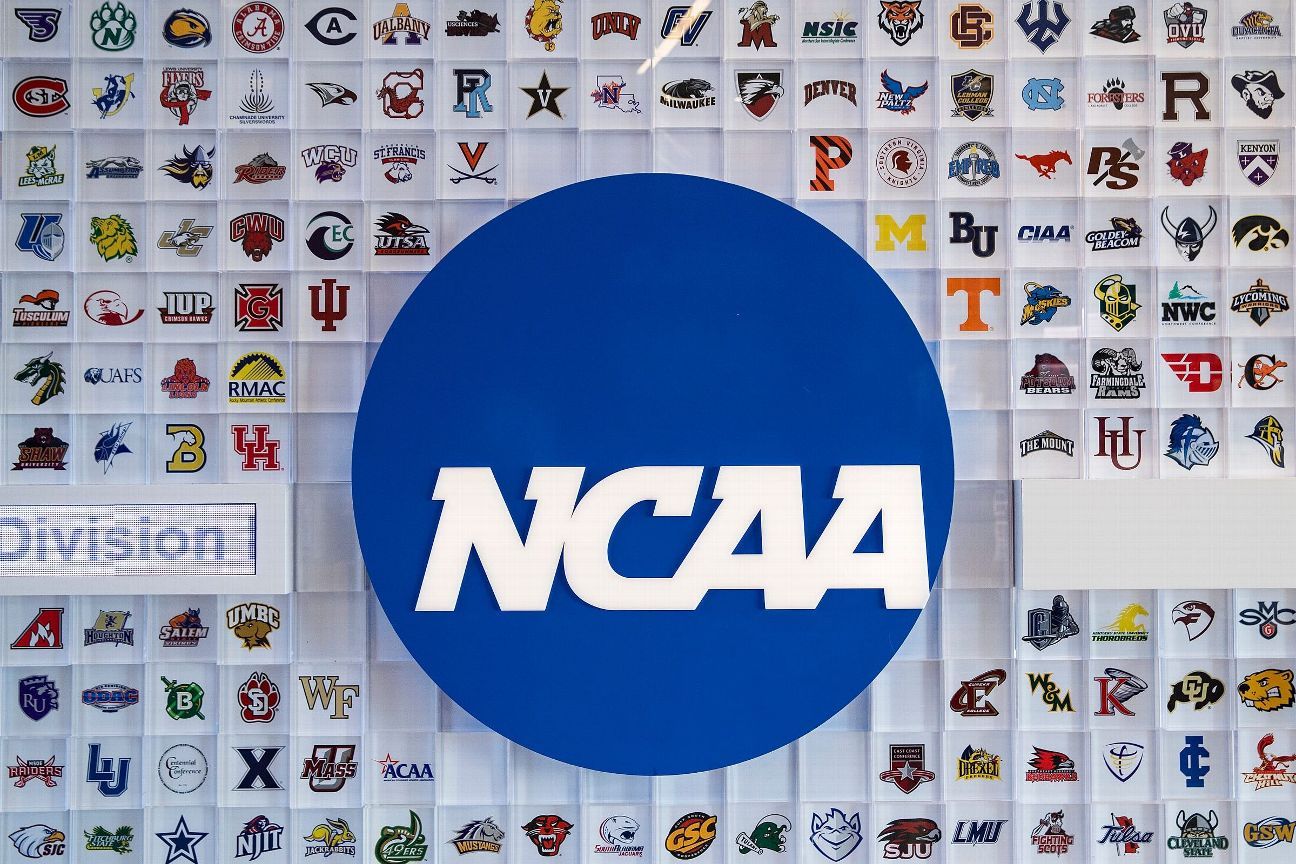Jake Broe Stan
Elite
NCAA president Charlie Baker proposed rule changes Tuesday that would allow Division I schools for the first time to pay their athletes in ways that are not tied to educational resources.
Baker shared the proposed changes in a letter sent to member schools. If Division I schools choose to adopt the rules, they would be allowed to enter into name, image and likeness deals directly with their athletes. The new rules would also create a new subdivision of Division I schools that would be allowed to create its own set of rules for recruiting, transfers, roster size and a wide range of other policies. To be a part of that subdivision, each school would have to put millions of dollars each year into a trust fund for athletes.
"[It] is time for us -- the NCAA -- to offer our own forward-looking framework," Baker said. "This framework must sustain the best elements of the student-athlete experience for all student-athletes, build on the financial and organizational investments that have positively changed the trajectory of women's sports, and enhance the athletic and academic experience for student-athletes who attend the highest resourced colleges and universities."
The policy would bring a major change to the foundational tenet of the NCAA's long-held business model that prevented schools from providing any non-academic-based compensation to athletes. Baker's letter said the change is necessary during a time when the revenue generated by top colleges is poised to grow significantly and the legal pressure to compensate athletes continues to mount.
Baker, who is expected to speak in more detail about the proposal during a public appearance Wednesday in Las Vegas, has privately floated the idea to college sports leaders during the past several weeks. Some high-profile athletic directors, such as Ohio State's Gene Smith, showed public support for the idea Tuesday.
"I am 100% supportive of your efforts," Smith said Baker in a post on X (formerly Twitter) on Tuesday. "Intercollegiate Athletics needs the proactive and forward thinking you are providing. Thank you for this letter!"
Schools in the new, highest-paying subdivision would be required to set aside a minimum of $30,000 per athlete for at least half of their athletes on an annual basis. That money is ostensibly to help athletes continue educational pursuits during the summer or after their careers, but there would be no requirements for how they spend it.
Schools could choose to provide more money to each athlete or provide money to more of their athletes. It would also be left up to individual schools to decide when they share that money with athletes. The NCAA doesn't intend to require that an athlete finish his or her degree before they get access to that money.

 www.espn.com
www.espn.com
Baker shared the proposed changes in a letter sent to member schools. If Division I schools choose to adopt the rules, they would be allowed to enter into name, image and likeness deals directly with their athletes. The new rules would also create a new subdivision of Division I schools that would be allowed to create its own set of rules for recruiting, transfers, roster size and a wide range of other policies. To be a part of that subdivision, each school would have to put millions of dollars each year into a trust fund for athletes.
"[It] is time for us -- the NCAA -- to offer our own forward-looking framework," Baker said. "This framework must sustain the best elements of the student-athlete experience for all student-athletes, build on the financial and organizational investments that have positively changed the trajectory of women's sports, and enhance the athletic and academic experience for student-athletes who attend the highest resourced colleges and universities."
The policy would bring a major change to the foundational tenet of the NCAA's long-held business model that prevented schools from providing any non-academic-based compensation to athletes. Baker's letter said the change is necessary during a time when the revenue generated by top colleges is poised to grow significantly and the legal pressure to compensate athletes continues to mount.
Baker, who is expected to speak in more detail about the proposal during a public appearance Wednesday in Las Vegas, has privately floated the idea to college sports leaders during the past several weeks. Some high-profile athletic directors, such as Ohio State's Gene Smith, showed public support for the idea Tuesday.
"I am 100% supportive of your efforts," Smith said Baker in a post on X (formerly Twitter) on Tuesday. "Intercollegiate Athletics needs the proactive and forward thinking you are providing. Thank you for this letter!"
Schools in the new, highest-paying subdivision would be required to set aside a minimum of $30,000 per athlete for at least half of their athletes on an annual basis. That money is ostensibly to help athletes continue educational pursuits during the summer or after their careers, but there would be no requirements for how they spend it.
Schools could choose to provide more money to each athlete or provide money to more of their athletes. It would also be left up to individual schools to decide when they share that money with athletes. The NCAA doesn't intend to require that an athlete finish his or her degree before they get access to that money.

NCAA pitch: Let D-I schools pay athletes via NIL
NCAA president Charlie Baker has proposed rule changes that would allow Division I schools to enter into NIL deals directly with their athletes and create a trust fund at the richest tier of athletic departments.
